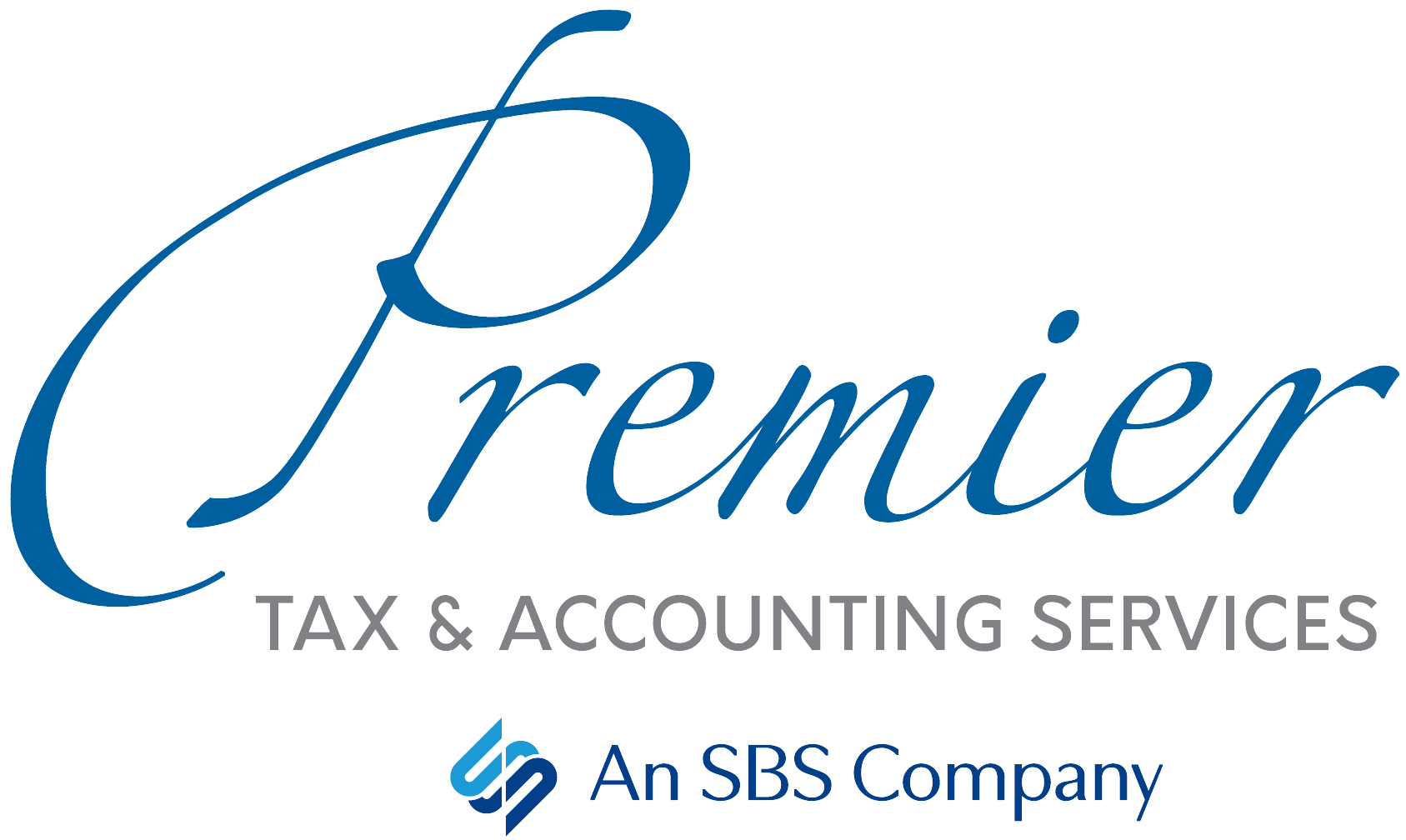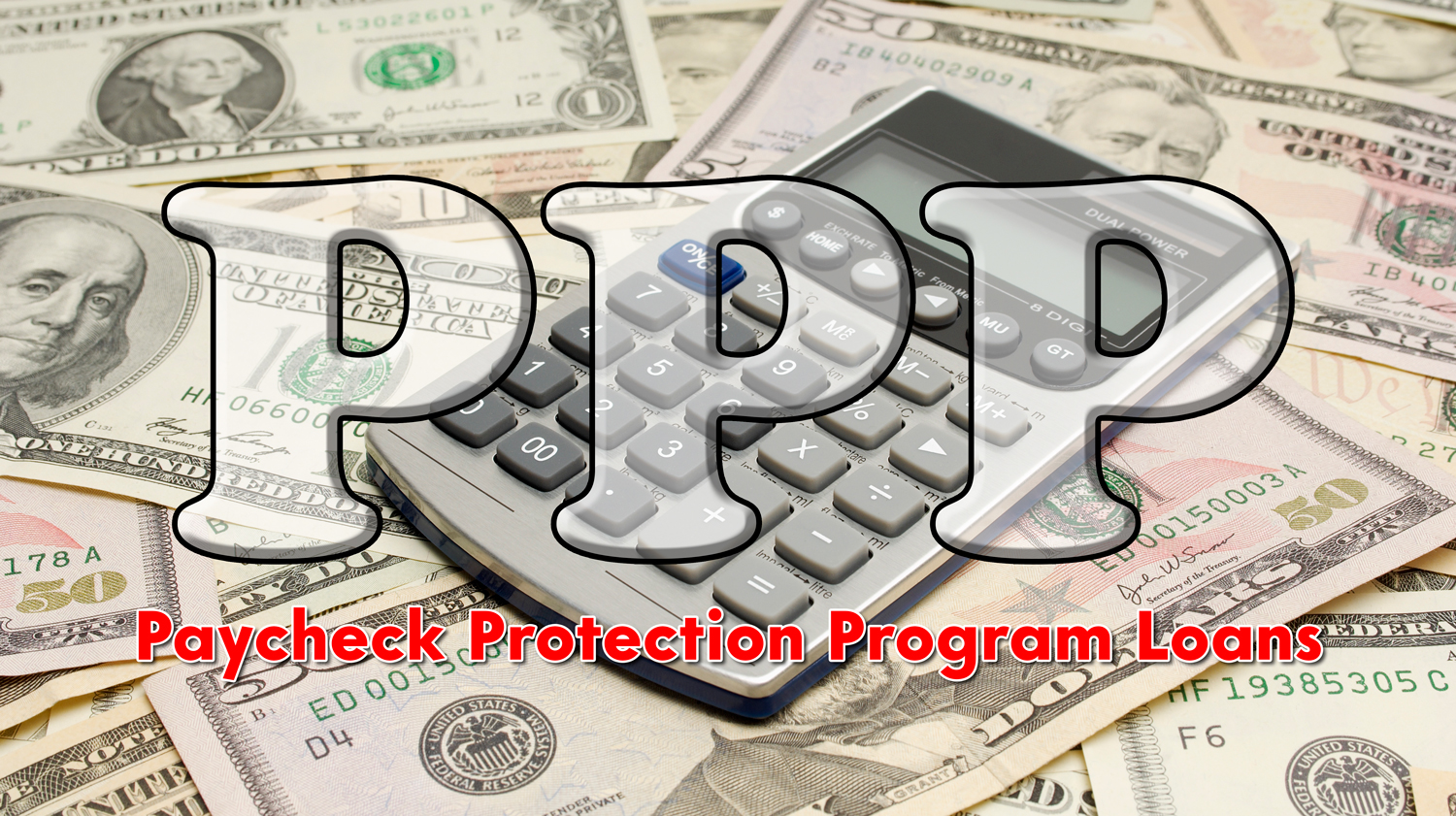With new legislation being debated and constantly updated, it seems, the rules regarding Paycheck Protection Program (PPP) loans and loan forgiveness keep changing. So the current advice from experts is: Don’t rush into anything!
Congress is currently trying to work out a new COVID-19 relief package before going on recess, which is scheduled for August 8. Part of the discussions may include changes that relax the forgiveness requirements for the smallest loans, possibly those up to $150,000.
The SBA notified lenders that it would not even begin accepting PPP forgiveness submissions until new software goes live. And the expected launch date of August 10 could be delayed if new legislation changes the forgiveness process. So lenders cannot finalize their “forgiveness portals” until the SBA has finalized theirs.
___________
More than 4.8 million businesses and organizations took out PPP loans through June 30, 2020. Recent legislation extended the chance to apply for a PPP loan through August 8. And new legislation may provide the opportunity to apply for a second PPP loan. Stay tuned for details!
___________
The Various Deadlines
Remember, you have up to 24 weeks to use your PPP money. And since payroll costs are a significant component of PPP forgiveness, you may need to wait until your payroll provider has time to develop reports that are customized to comply with PPP guidance. The other important deadline in the PPP forgiveness process comes 10 months after the end of your loan’s covered period. At that point, if forgiveness forms have not been submitted, the funds officially become a loan that needs to be repaid.
What’s more, the SBA has not yet answered questions with regard to some specific considerations, including which types of utility expenses are forgivable, how FTE employees are treated when fired for cause, determining 2020 vs. 2019 income for self-employed borrowers, and which documents are required for submission and which are required to be retained.
Keep Your Paperwork in Order
With plenty more details to come on this subject, we’ll be sure to keep you updated as the information changes. In the meantime, take steps to prepare for the forgiveness application process by documenting how the loan proceeds are used. Gather any materials you will need to support non-payroll expenses, such as mortgage interest, rent or lease payments, and utilities. And please contact us with any questions you may have about your current situation.
No Changes to Auto Depreciation Limits
According to the IRS, there will be NO CHANGES to the limitations on depreciation deductions for passenger automobiles first placed into service in 2020.
For cars, trucks and vans that are acquired after Sept. 27, 2017, and placed in service during calendar year 2020, the depreciation limit is:
- $18,100 for the first tax year;
- $16,100 for the second tax year;
- $9,700 for the third tax year; and
- $5,760 for each succeeding year.
When no Sec. 168(k) bonus first-year depreciation deduction applies, the depreciation limit is only $10,100 for the first tax year, with succeeding years the same as above.
MONEY BRIEF #1
Did you know that teachers and other educators can deduct certain unreimbursed expenses on their tax returns? To be eligible, you must be a K-12 teacher, instructor, counselor, principal or aide, and you must work at least 900 hours during a school year. You can deduct up to $250 of business expenses that were not reimbursed (be sure to keep your receipts) for:
- Professional development course fees
- Books
- Supplies
- Computer equipment, including related software and services
- Other equipment and materials used in the classroom
MONEY BRIEF #2
.With new stimulus payment legislation currently being debated in Congress, what will you do with any new funds you receive? According to a U.S. Census survey, the majority of people who received the previous stimulus check used most of it on household expenses, while 16% paid off debt and 14% saved it. Households with incomes between $75,000 and $99,999 were more likely to use their stimulus payments to pay off debt or add to savings. In contrast, 88% of households with incomes of $25,000 or less used their checks to meet expenses. In households that spent their stimulus funds, approximately:
- 80% used it on food.
- 78% paid rent, mortgage and/or utilities.
- 58% purchased household supplies and personal care products.
- 20% bought clothing.
- 8% spent it on household goods like TVs, electronics, furniture and appliances, or on recreational goods like fitness equipment, toys and games.



